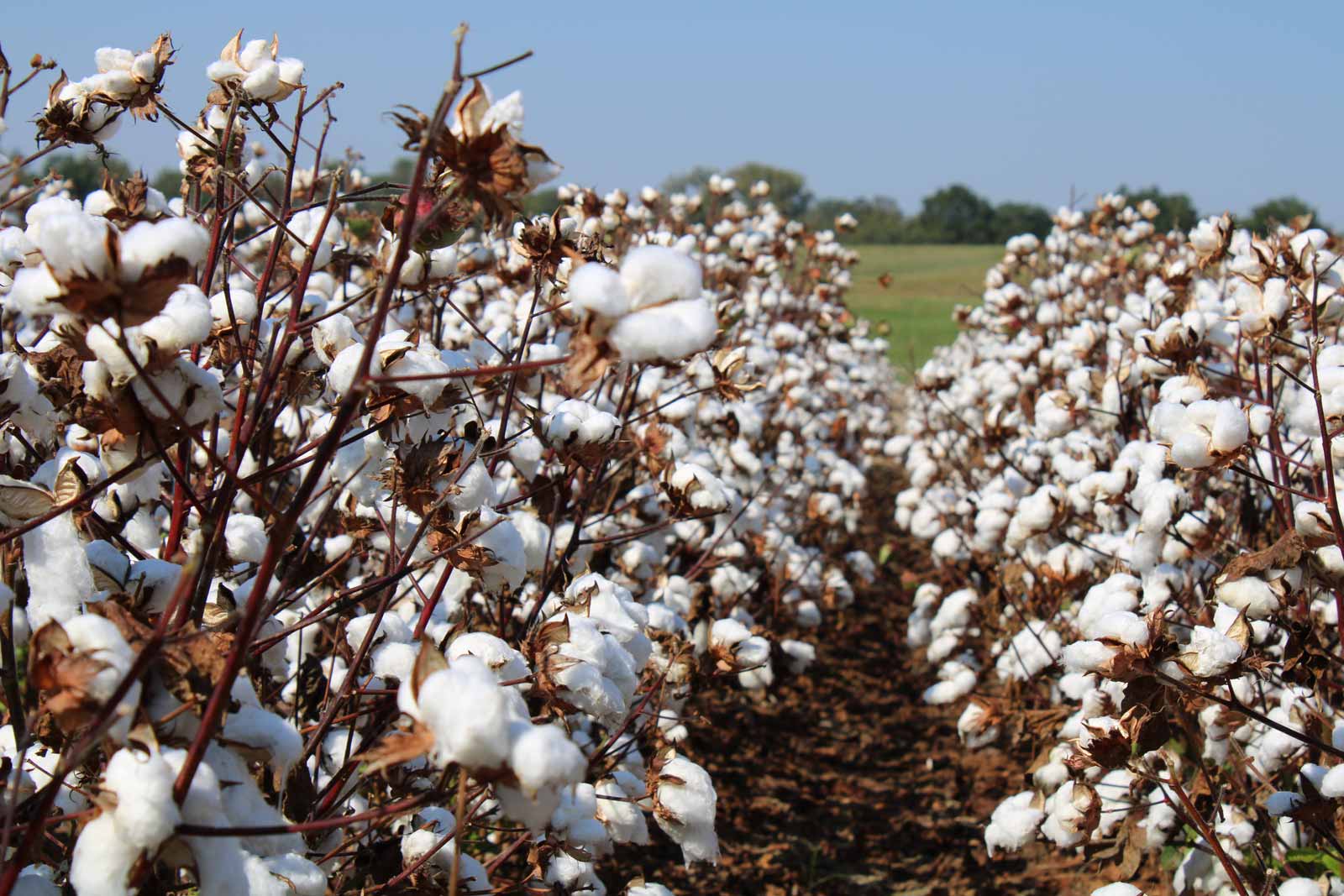Cotton fiber treated with commonly-used finishes and dyes monitored over 102 days shows similar biodegradation rate to oak leaves
CARY, NORTH CAROLINA (February 2021) – Researchers from North Carolina State University, Duke University and Cotton Incorporated have found that cotton biodegraded significantly when left in realistic aquatic conditions for an extended period regardless of how the fabric had been chemically treated. Their study was recently published in the Marine Pollution Bulletin.
The findings showed that with commonly used fabric treatments including silicone softener, durable press, water repellent, and a blue reactive dye, cotton still biodegrades more than 60% when left in water for 102 days.
As cotton is being sought as an alternative for athleticwear and outdoor clothing, the results of this study are promising, especially when considering the high (7%) projected annual growth rate of the athleisure market. The treatments used in the study are commonly used to improve the hand feel, wrinkle resistance, and stability of cotton fabrics and therefore make cotton more comfortable for sports, exercise, and outdoor activities.
“We were thrilled with the result” said Jesse Daystar, Vice President and Chief Sustainability Officer, Cotton Incorporated, and one of the authors of this study. “We already have evidence that untreated cotton biodegrades, and this study confirms that commonly used cotton treatments do not interfere with this biodegradability.”
While cellulose-based fabrics such as cotton do shed microfibers, this study along with 2019 research from the same authors on untreated cotton, confirm that as a biologically based material, cotton microfiber biodegrades quickly when exposed to water regardless of how it was treated, therefore not contributing to the microplastic fiber issue.
The International Union for Conservation of Nature (IUCN) has estimated that between 0.8 and 2.5 metric tons of microplastics are released into the ocean each year. Microplastic fibers generated from textiles during laundry represent 35% of these fibers. Polyester is the predominant microplastic found in water effluents and estimates suggest polyester products may take between 20 and 40 years to biodegrade completely.
“As a society, we are working to replace synthetic materials with biologically based textiles that are more friendly to the environment. The manufacturing techniques we tested in the study can improve cotton use in apparel that has typically been made out of synthetics,” added Jesse Daystar. “The findings of this study prove that cotton can expand its uses for outdoor apparel and sportswear without compromising on its environmental sustainability.”
The full article can be found at: https://www.sciencedirect.com/science/article/abs/pii/S0025326X21000643?CMX_ID=&SIS_ID=&dgcid=STMJ_AUTH_SERV_PUBLISHED&utm_acid=122188762&utm_campaign=STMJ_AUTH_SERV_PUBLISHED&utm_in=DM119204&utm_medium=email&utm_source=AC_
Methodology
In this research, the influence of common textile finishes on the persistence of cotton fibers in an aerobic aquatic environment was assessed. The biodegradation of cotton knitted fabrics with different finishes, silicone softener, durable press, water repellent, and a blue reactive dye was evaluated. The rate of biodegradation decreased with durable press and water repellant finishing treatments.
About Cotton Incorporated
Cotton Incorporated, funded by U.S. cotton producers and importers of cotton and cotton textile products, conducts worldwide research and promotion activities to increase the demand for and profitability of cotton.
Media Contact: Avra Lorrimer, [email protected]; +1 347-685-5745
Visit us online at:
www.CottonInc.com
Follow us at:
https://twitter.com/cottoninc
https://www.facebook.com/cottoninc/
https://www.instagram.com/cotton_works/
https://www.linkedin.com/company/cotton-incorporated



